Understanding attachment and the ways in which it forges the self, and continues to be alive in one’s internal and relational world in the present day, is an imperative for therapists. As a therapist educator, I spend a lot of time talking with therapists and teaching about attachment, and how to apply attachment theory to clinical practice. I have found that most therapists have a clear understanding that early relational dynamics with primary caregivers wire the self, the body and psyche, neurophysiologically (affect and physiological regulation capacity) and psychically (internal working models) in ways that typically remain active across the lifespan. However, understanding this and seeing it in action, or mentalizing how attachment dynamics, particularly insecure attachment patterning, actually happens in people’s early years and continues to be active across the lifespan (through clients out of awareness or unconscious relational dynamics), stretches many clinicians.
I often hear in consultation, “they had a good childhood“, or “there was a secure base”, yet the ensuing case presentation tells a different story ~ one rife with a typical history of neglect, non-recognition, invalidation, accommodation, etc., ~ all of which are basically the bread and butter of insecure attachment, where the child needed to meet the caregiver’s needs, or meet the caregiver on their terms, rather than on the developing infant and child’s terms. This essential need for one to be met on their own terms, to be recognized, validated, cherished, seen, heard, and valued, are hallmark challenges for caregivers with their own histories of insecure attachment, which are transmitted unconsciously through the attachment dynamics of relationship. This relational trauma, is often difficult for therapists to grasp and see it unfold in their clinical work, both in the stories of today and yesterday that clients tell, and the relational dynamics that are showcased both in and out of the therapeutic dyad.
This is where the Somatic Attachment Psychotherapy Training comes in – over two years we translate attachment theory into clinical practice through lecture, dialogue, demonstration and debrief, and practice sessions. The SAP training is particularly sophisticated in its nuanced understanding and application of attachment, relational dynamics, and how they intersect with the body and psyche. Through the SAP training, we…
- dig into the heart of how attachment is formed,
- explore how attachment is transmitted through the out of awareness early relational dynamics of everyday contact and connection,
- learn about the unconscious dynamics of attachment transmission in relation to caregiving, including the window of tolerance and the polyvagal,
- understand and recognize the internal working model(s) of self and how they showcase in people’s lives for better or worse
- learn to recognize and work with patterns associated with attachment classifications gleaned from the Adult Attachment Interview (AAI)
- learn how to recognize attachment patterns in clinical practice in terms of relational dynamics that are present in the content of the material that clients bring to therapy,
- deepen how to listen and discern dynamics from early caregiving relationships that forged the self,
- learn how to listen for and track the relational dynamics that continue to be recapitulated over the lifespan, so in the relationships of today,
- understand how chronic shame goes hand in hand with insecure attachment and is foundational in the development of self,
- explore how to work with chronic shame dynamics that are deeply interruptive of healthy functioning,
- explore therapists attachment and how that intersects with clinical practice,
- and of course, we learn how to recognize and work with relational dynamics in the therapeutic relationship.
In addition to attending to the relational dynamics, the Somatic Attachment Psychotherapy Training supports the regulation of the autonomic nervous system which is compromised with insecure attachment, and other traumas. Through this dynamic and comprehensive training, therapist capacity to understand, recognize and work with insecure attachment is advanced and solidified.
If your interest in Attachment Training is piqued, here’s a link to more information and the next cohort dates. Hope to hear from you!
